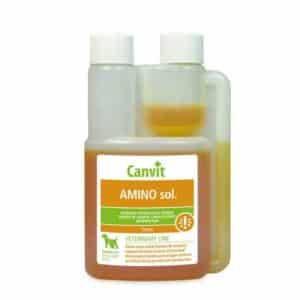Delivery service
Free Worldwide Shipping & Returns


The horse is a slender, graceful animal, with highly developed muscles and a strong Constitution. The body is rounded in shape with long slender legs, on the wrists of which there are calloused keratinized bumps on the inner side. On the elegant muscular neck is a large, elongated head. Despite the impressive size of the skull, the horse’s brain is relatively small, which in no way affects the high intelligence of the animal. The head is crowned with pointed, mobile ears. On the muzzle there is a pair of large expressive eyes and rather wide large nostrils.
Horses have excellent hearing, good vision and sense of smell. The body of the horse is covered with hair, the length and stiffness of which varies depending on the location: the bangs, mane and tail have long and silky hair, while the body is protected by a shorter and stiffer coat. The color of the coat determines the color of the horse, and the intensity of the color may change with age.
Types of horses
The horse is conventionally divided into several subspecies, among which zoologists distinguish wild horse, domestic horse, Przewalski’s horse, Kiang, Kulan, wild donkey, domestic donkey, mountain Zebra, desert Zebra, Burchell’s Zebra. However, this classification is still debated. Surprisingly, all these varieties have the ability to interbreed with each other, giving quite viable and healthy offspring. The only problem is that some crossbreeds are not able to bear children in the future and remain infertile.
No account yet?
Create an Account